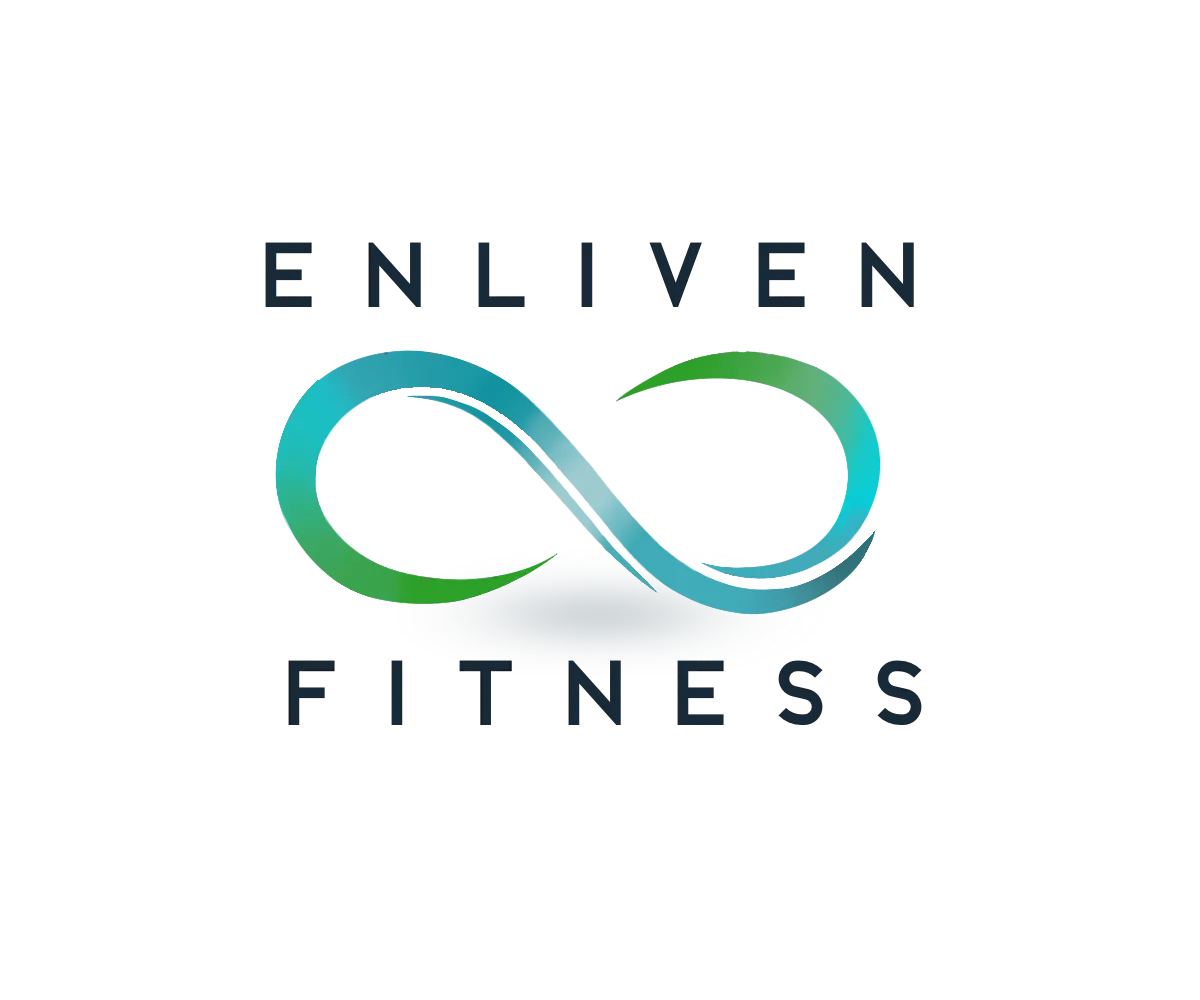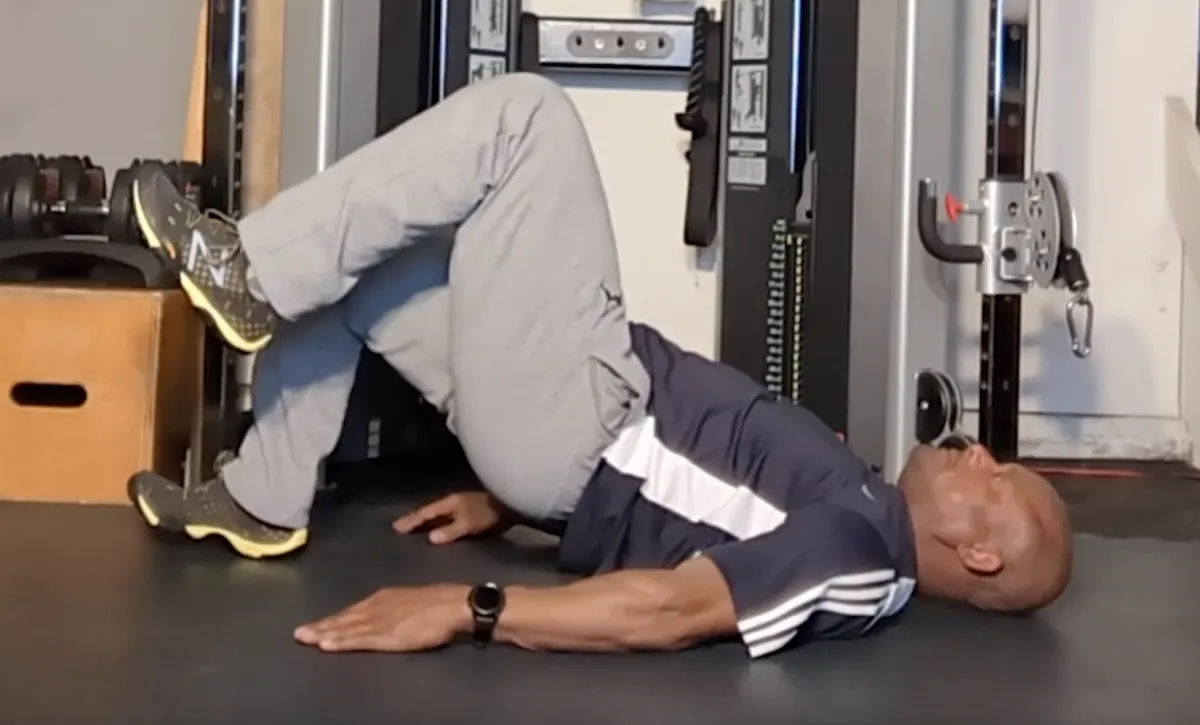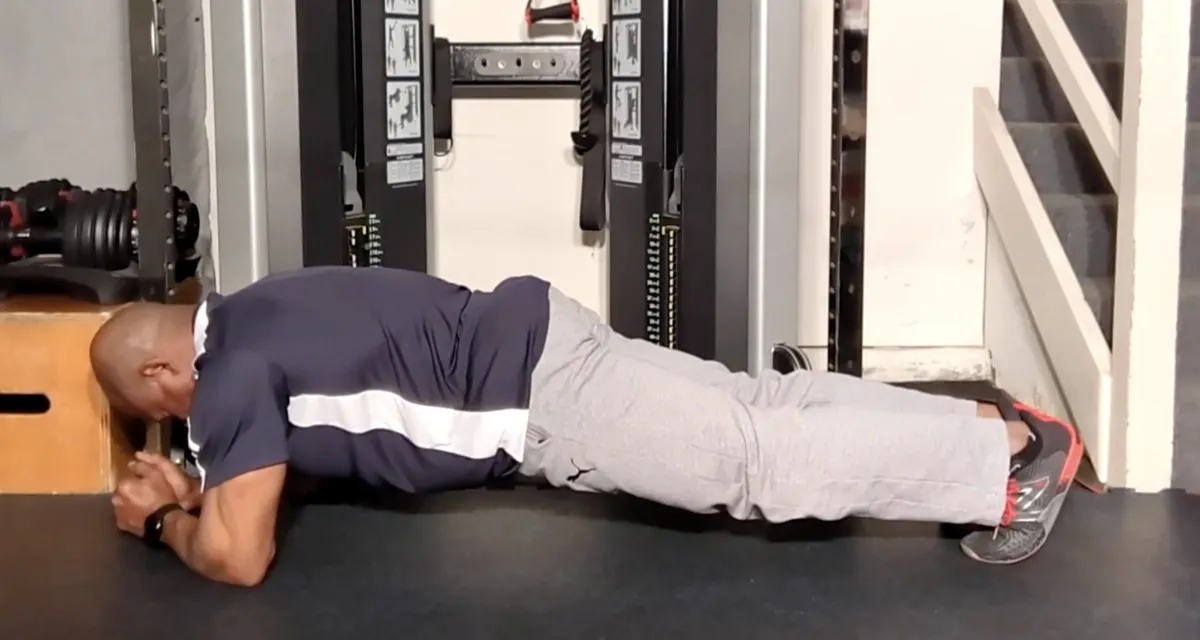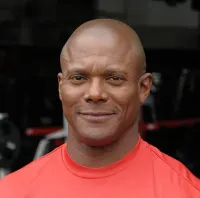
RESOURCES

How Movement Can Help Ease Chronic Hip and Lower Back Pain
If you struggle with chronic hip or lower back pain, your first instinct might be to rest and avoid movement. While that may seem to make sense in the short term, staying still for too long can actually make the pain worse. Movement—when done correctly—can be one of the most effective ways to relieve and prevent chronic discomfort in your hips and lower back.
Many people develop pain due to prolonged sitting, poor posture, muscle imbalances, or lack of activity. Over time, these issues lead to tightness, weakness, and reduced mobility, making everyday tasks more difficult. The good news is that incorporating intentional movement into your daily routine can help restore balance, ease pain, and improve overall function.
Let’s explore how movement benefits the hips and lower back and what exercises can help you feel better.

Why Movement is Essential for Hip and Lower Back Health
1. Movement Relieves Stiffness and Improves Mobility
Sitting for long periods can cause the muscles around your hips and lower back to tighten, leading to stiffness and restricted mobility. Gentle movement helps:
Increase blood flow to the muscles and joints, reducing stiffness.
Improve flexibility in the hip flexors, hamstrings, and lower back.
Restore a normal range of motion, making everyday activities easier.
2. Strengthening Weak Muscles Supports the Lower Back
Prolonged sitting and poor posture weaken essential stabilizing muscles, including:
Glutes: Weak glutes lead to overcompensation by the lower back, causing strain and discomfort.
Core Muscles: A weak core makes it harder to maintain proper posture, increasing stress on the spine.
Strengthening these muscles helps provide support, reducing pressure on the lower back and hips.
3. Movement Helps Correct Postural Imbalances
Poor posture—such as slouching or sitting with an anterior pelvic tilt—contributes to chronic pain. Moving regularly throughout the day and incorporating exercises that promote good posture can help rebalance the body, reducing strain on the lower back and hips.
4. Reducing Inflammation and Improving Circulation
Chronic pain is often linked to inflammation. Movement encourages circulation, helping to:
Flush out inflammatory substances that contribute to pain.
Deliver oxygen and nutrients to muscles and joints for healing.
Prevent stiffness that results from prolonged inactivity.

Best Types of Movement for Hip and Lower Back Pain Relief
Not all movement is created equal. The goal is to choose exercises that gently activate and stretch the muscles without causing additional strain.
1. Gentle Stretches for Flexibility and Pain Relief
Stretching helps counteract the effects of tight muscles that contribute to hip and lower back pain. Try:
Hip Flexor Stretch (Lunge Stretch): Opens up tight hip flexors that shorten from prolonged sitting.
Hamstring Stretch: Helps relieve tension that pulls on the lower back.
Cat-Cow Stretch: Promotes mobility in the spine and relieves lower back stiffness.
2. Strengthening Exercises for Stability
Strengthening the right muscles can reduce strain on the lower back and improve hip function. Focus on:
Glute Bridges: Activates and strengthens the glutes, taking pressure off the lower back.
Bird Dogs: Improves core stability and spinal alignment.
Planks: Builds core strength to support the lower back.
3. Low-Impact Activities for Gentle Movement
If high-intensity exercise aggravates your pain, try these lower-impact options:
Walking: A simple yet effective way to keep your hips and lower back moving.
Swimming: Reduces impact on the joints while providing full-body movement.
Yoga or Pilates: Focuses on flexibility, core strength, and body alignment.
Simple Ways to Add More Movement to Your Day
Even if you don’t have time for a full workout, small movements throughout the day can make a big difference. Try:
✔ Standing up every 30-60 minutes if you work at a desk.
✔ Taking short walks during breaks or after meals.
✔ Stretching in the morning and before bed to keep muscles flexible.
✔ Using a stability ball or standing desk to encourage movement while working.
When it comes to chronic hip and lower back pain, movement isn’t just beneficial—it’s necessary. While rest has its place, staying inactive for too long can worsen stiffness, weaken muscles, and prolong discomfort. The key is to move in a way that strengthens, stretches, and supports your body without overloading it. It’s largely true when they say motion is lotion for the joints and quality of life, but it has to be the right type of movements.
By incorporating regular movement into your daily routine, you can ease pain, improve mobility, and support long-term health. So, stand up, stretch, take a walk—your hips and lower back will thank you!
Remember, the quality of our lives is directly proportional to how well our bodies functions!
Sheila Mann's Testimonial
Sheila Mann doing Suspension Strap Push-ups on an elevated Single Leg.
Just another Saturday Workout Part 2
Spray Tan Fitness
Dreams or Goals
Intro to Self-Myofascial Release
Self Massage using the Energy F X Tube (Upper Body)
Self-Massage for Lower Body using Energy F X Tube (IT Band , Glutes)
Level 3
This is our advance level. In this level you will be asked to increase the challenges to your strength, balance and to some degree, your conditioning. We continue to focus on the major joints of the body (hips, shoulder, and knees) with the added challenge of resistance. This level also includes the added challenge of coordination, as many movements require the integrated movement of both upper and lower body.

Level 4
This is our premium level. In this level you will be asked to significantly challenge your body through increased demands on your functional core strength in movements that will significantly challenge your balance and strength simultaneously. Here we will ask you to begin to optimize your balance, core activation, and improved range of motion in a functional aspect – integrated movement of both upper and lower body, but at a higher level of accountability.

